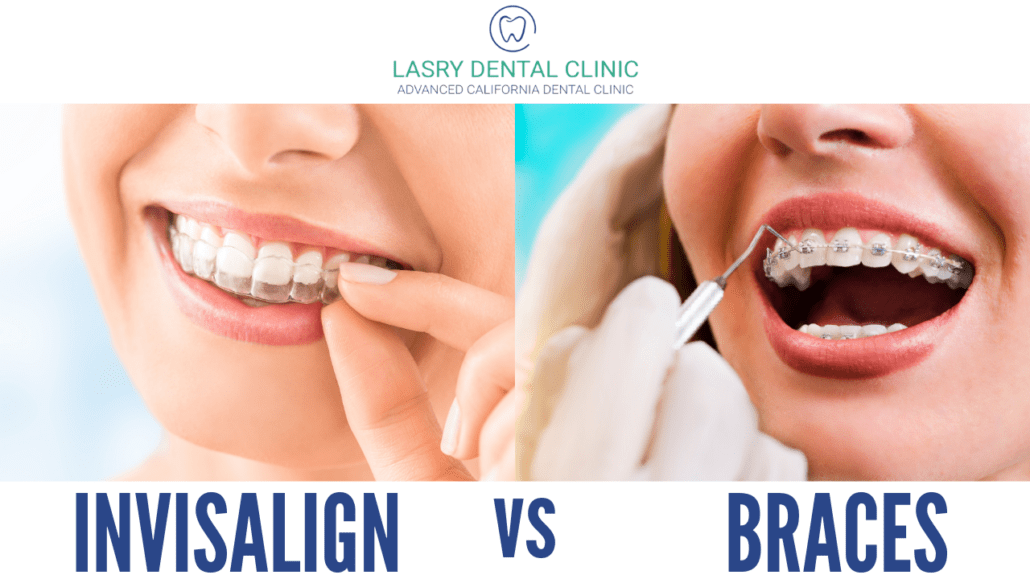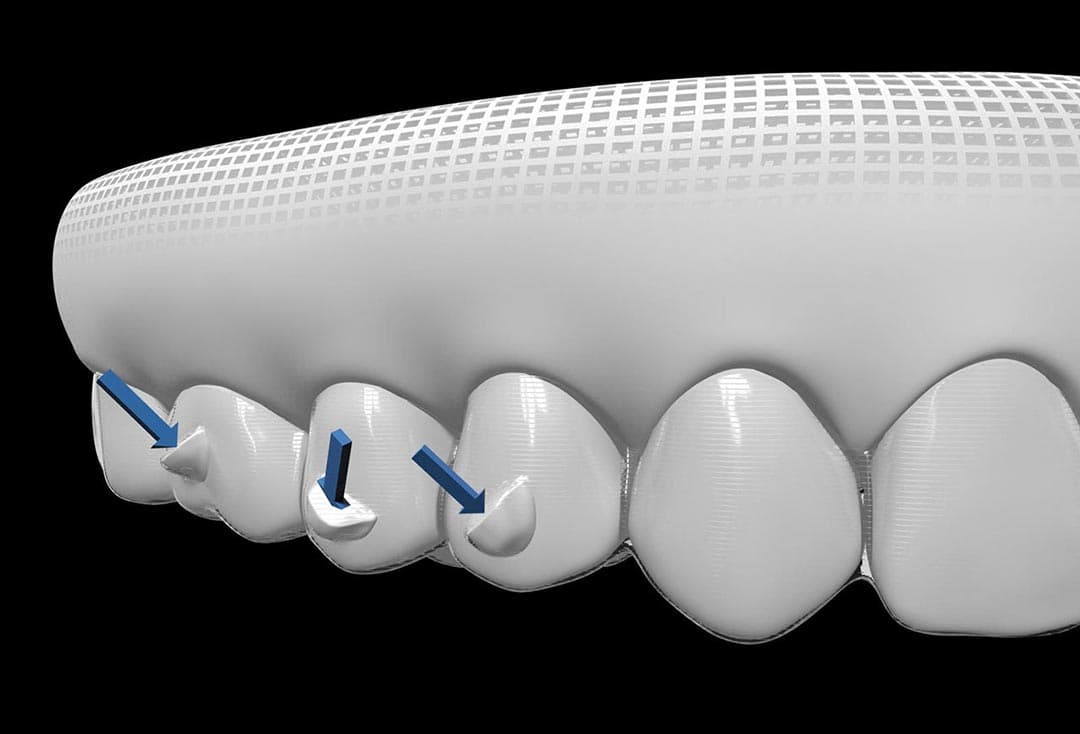Top Factors to Pick Invisalign Over Other Orthodontic Treatments
Top Factors to Pick Invisalign Over Other Orthodontic Treatments
Blog Article
Invisalign vs. Conventional Dental braces: Which Alternative Is Right for You?
When considering orthodontic treatment, the selection between Invisalign and conventional dental braces presents numerous important aspects that merit careful examination. Invisalign supplies a very discreet choice with removable aligners, while conventional dental braces provide a more visible yet effective remedy for serious misalignment.
Summary of Treatment Options

On the other hand, conventional dental braces consist of steel braces and wires that are bound to the teeth. This method applies constant stress gradually to accomplish positioning. While efficient for complicated orthodontic problems, typical braces require routine check outs for modifications and can posture difficulties in keeping dental hygiene because of the problem of cleaning around cords and braces.
Both choices have their values, and the option commonly depends upon details dental problems, lifestyle preferences, and person conformity. Ultimately, consulting an orthodontic specialist is crucial for determining the most ideal therapy strategy tailored to private needs. Comprehending the subtleties of each option can considerably influence the overall success of orthodontic therapy.
Visual Factors To Consider
A considerable aspect affecting the selection between Invisalign and traditional braces is the visual appeal each therapy uses. Invisalign aligners are crafted from clear plastic, making them practically unseen when worn.
In comparison, typical dental braces are composed of metal braces and cables, which can be extra visible. While developments in orthodontic modern technology have caused the advancement of smaller sized brackets and tinted elastics, conventional dental braces still keep a more obvious account. For some individuals, the presence of braces might deter them from seeking needed treatment.
Eventually, the option in between Invisalign and conventional braces may hinge on individual choices concerning appearances. Clients who prioritize discernment frequently favor Invisalign, while those that are much less worried about presence might go with traditional dental braces. Comprehending the aesthetic implications of each alternative is vital for making a notified decision that lines up with one's way of living and choices.
Comfort and Convenience

In regards to comfort, Invisalign aligners are detachable, allowing people to appreciate their favorite foods without limitation and preserve ideal dental hygiene. Cleaning and flossing are simplified, as the aligners can be gotten during these regimens, whereas typical braces need mindful maneuvering around braces and cords.
In comparison, conventional dental braces require normal adjustments, making them less practical for those with hectic routines. On the whole, the comfort and convenience of Invisalign make it an appealing option for lots of individuals looking for orthodontic treatment.
Therapy Duration and Performance
While both Invisalign and conventional dental braces work in fixing oral misalignments, the duration of therapy can vary substantially between both options. Generally, Invisalign therapy can take anywhere from 12 to 18 months, depending upon the intricacy of the instance. The clear aligners work by gradually shifting teeth into their desired placements, and regular follow-ups with an orthodontist help guarantee progress stays on course.
On the other hand, typical braces commonly call for a longer commitment, usually ranging from 18 months to 3 years. This results from their set nature and making use of brackets and cords, which can be a lot more efficient for complicated cases and extreme imbalances (Invisalign). The treatment effectiveness of traditional dental braces over at this website is well-documented, as they enable specific changes and better control over tooth movement
Eventually, the choice between Invisalign and standard dental braces might hinge on both the expected treatment period and the specific dental issues at hand. Consulting with an orthodontist is vital, as they can give customized recommendations based upon individual needs, making certain the chosen technique straightens with wanted outcomes and durations.
Expense Comparison and Insurance Coverage Alternatives
Expense plays a significant role in the decision-making process for people thinking about orthodontic treatment, whether selecting Invisalign or typical dental braces. On standard, the price of Invisalign varieties from $3,000 to $8,000, while traditional braces typically set you back in between $2,000 and $6,000. Aspects affecting these costs consist of the complexity of the case, find out the duration of therapy, and geographical area.
Insurance policy insurance coverage can considerably impact out-of-pocket expenses. Many oral insurance strategies provide partial insurance coverage for orthodontic therapies, yet the specifics can vary extensively. It is vital for individuals to assess their insurance coverage to determine the extent of coverage for either option. Generally, traditional braces might be a lot more often covered by insurance policy strategies contrasted to Invisalign, which some insurance firms categorize as an aesthetic treatment.
In addition, several orthodontic methods supply flexible payment strategies, making both treatment choices much more accessible. People ought to inquire regarding potential financing choices and discount rates for in advance settlements. Evaluating the overall expense, including insurance coverage advantages and payment strategies, is vital for making an educated choice that straightens with both aesthetic preferences and budget considerations.

Verdict
In recap, the option between Invisalign and standard braces hinges on several factors, including aesthetic choices, convenience, treatment period, and cost. Invisalign supplies a very discreet, detachable alternative that facilitates oral health and nutritional flexibility, while typical braces might be preferable for intricate dental issues and typically come at a lower price factor. Eventually, appointment with an orthodontist is vital to assess private circumstances and identify one of the most ideal therapy choice for attaining optimum oral alignment.
When taking into consideration orthodontic treatment, the selection between Invisalign and standard braces provides a number of essential aspects that warrant mindful examination.Contrasting Invisalign and traditional braces exposes distinctive treatment options for orthodontic improvement.While both Invisalign and conventional braces her comment is here are reliable in correcting dental misalignments, the period of treatment can differ considerably between the 2 alternatives.Cost plays a significant role in the decision-making procedure for people considering orthodontic treatment, whether opting for Invisalign or conventional braces.In recap, the option between Invisalign and conventional dental braces pivots on several aspects, consisting of visual choices, comfort, therapy period, and price.
Report this page